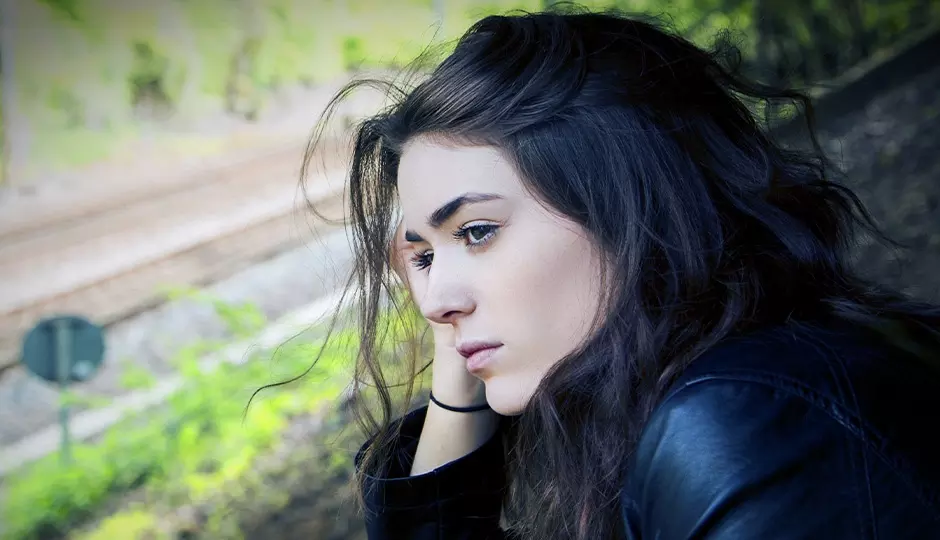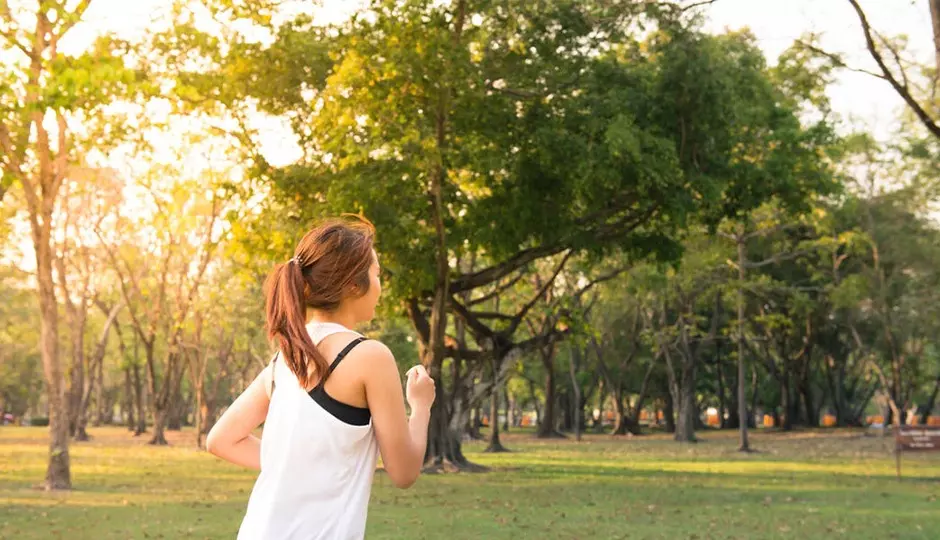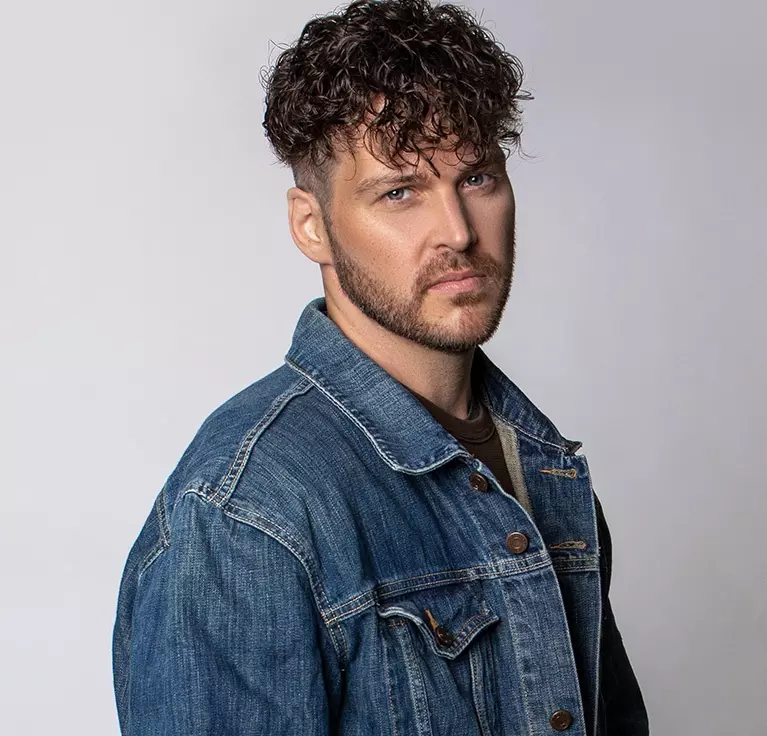Sometimes, you just can't help losing your hair. Genetic or medical factors put the loss out of your hands, and while you can react with surgical or non-surgical treatments, there's nothing you could do to proactively prevent your hair from falling out.
But there is a type of hair loss that is completely preventable. If you've experienced hair loss because of stress on your hair from tight hairstyles or headgear, excess processing or damaging heating appliances, you have what's called traction alopecia.
What Causes Traction Alopecia?
Traction alopecia usually happens along your hairline in the front of your head, and it results from constant pulling or stress on your hair. This pulling does damage to the follicle, which may then be unable to grow new hair. Some hairstyles, hair treatments and hair accessories can cause the problem, most notably:
1. Tight hairstyles. You wear braids, cornrows or a ponytail that stresses your hair, especially the hair in front of your head.
2. Hair weaves or extensions. They add weight to your natural hair and pull it down.
3. Frequent coloring. Even the most gentle coloring methods can make hair dry and more prone to break, especially if you haven't followed care instructions properly.
4. Heat-based styling methods. Flat irons and curlers can pull and damage hair. Even blowdryers, when used frequently and at high heat, can cause hair loss.
5. Headbands. Even lightweight ones can pull hair back.
6. Wigs. Over time, the wig can wear against your natural hair and hairline, causing damage.
If you often wear a tight safety helmet to participate in sports like cycling, skiing or snowboarding, you may also see hair loss due to the the headgear's friction and pulling on your hair. Motorcycle riders with certain styles of tight helmets can lose hair, too.
Who Is Most Likely to Have Traction Alopecia?
No one is immune to traction alopecia, but African-American women may be more susceptible to this type of hair loss due to popular hairstyles. Traditional relaxers may contain harsh chemicals that may exacerbate the problem. But men and women alike of any race or ethnic background who wear dreadlocks or braids -- especially super tight against the scalp -- are at risk of hair loss.
Ballerinas or athletes with long hair who wear it tightly pulled back may be at risk of traction alopecia. Cyclists and outdoor sports enthusiasts who wear helmets for multiple hours each day can also experience hair loss.
What are Some Warning Signs That You May Experience Traction Alopecia?
Before you see the visible signs of hair loss, you may experience some tingling or itching on your scalp, particularly in the front. It's possible to also have irritation or sensitivity, most commonly along the hairline. And if you've ever had to take pain medication because your hair pulled so tight that it bothered you, that's a sign you're wearing a hairstyle that could contribute to traction alopecia.
As the stress on your hair continues over time, you may spot what looks like little bumps or acne along your hairline. You may also start to see hair falling out or small patches of broken hair along your forehead area and temples.
Can You Reverse Traction Alopecia?
The answer: It depends. If you've noticed the signs early enough, you may be able to repair at least some of the damage to your hair follicles. You'll likely have to stop wearing tight hairstyles and keep your hair loose. As well, you'll have to forego applications of heat to your head to style your hair. In some cases, regular scalp massage can help stimulate hair follicles.
If you believe that your hair loss is due to traction alopecia, we may be able to help. We offer a range of non-surgical and surgical treatments that can stimulate hair growth or naturally replace missing hair. Call us at Mane Image today to find the right solutions for your hair or fill out our form for a FREE confidential consultation.











